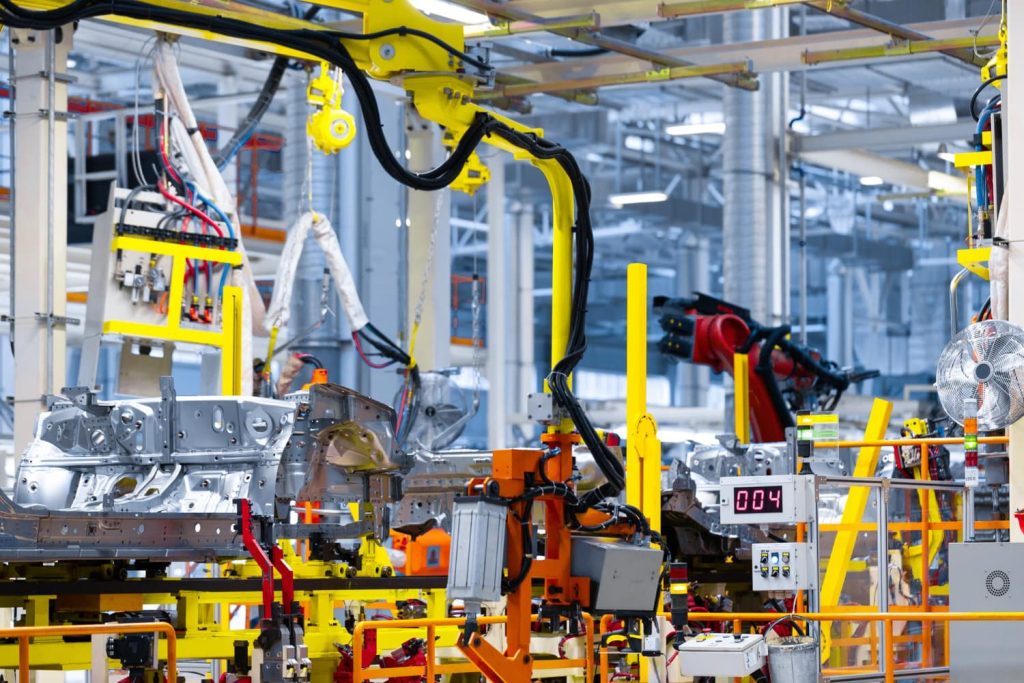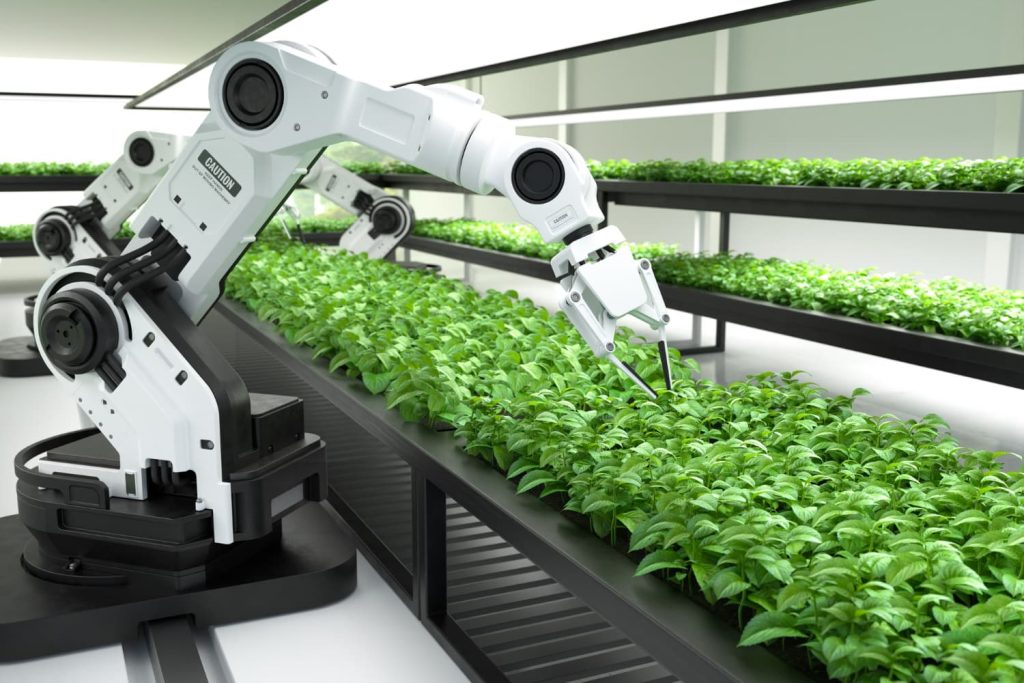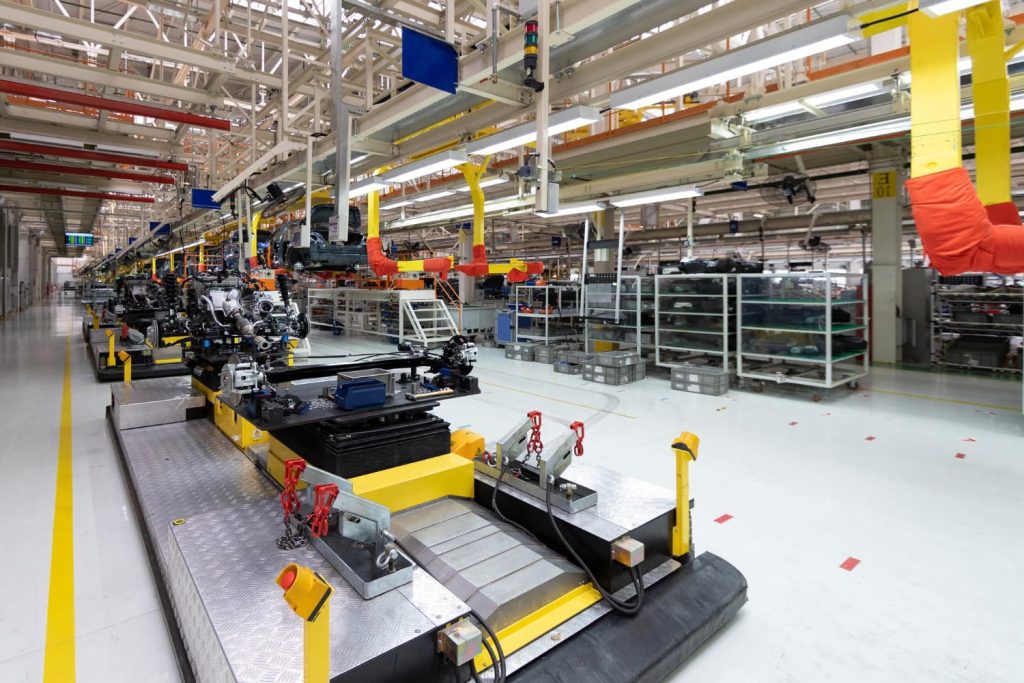The manufacturing landscape has undergone a significant transformation with the advent of industrial robotics. By automating complex tasks and enhancing overall efficiency, these innovative machines have enabled businesses to reduce production costs while maintaining high-quality standards.
In this article, we will delve deeper into the ways in which industrial robots improve efficiency and reduce production costs, establishing themselves as an essential investment for modern manufacturers.
10 Ways Industrial Robotics Can Improve Efficiency and Reduce Production Costs
Increased Productivity
One of the most prominent benefits of industrial robots is their ability to work at a faster pace than their human counterparts. Unlike human workers, robots can operate 24/7 without breaks, fatigue, or loss of focus, enabling manufacturers to significantly increase their production output.
Robots are particularly beneficial for tasks requiring high precision and consistency, as they can execute repetitive tasks with unmatched accuracy.
Furthermore, the incorporation of advanced sensors and vision systems allows robots to detect and correct errors in real-time, further boosting productivity levels.
Improved Quality and Consistency
Industrial robots follow specific instructions with extreme precision, leading to improved product quality and consistency. This high level of accuracy translates into reduced waste due to fewer defective products, as well as fewer customer returns. In turn, manufacturers can maintain a higher level of customer satisfaction and a stronger brand reputation, both of which are essential for long-term success in today’s competitive markets.

Enhanced Flexibility
Modern industrial robots are designed to be easily reprogrammed to perform different tasks, offering manufacturers the flexibility to adapt to changing production needs. This adaptability is especially beneficial in industries where product lifecycles are short or where frequent changes in design are common.
By utilizing robots, businesses can quickly respond to market trends and consumer demands, ensuring they remain competitive in their respective industries.
Collaborative robots, or cobots, are particularly versatile, as they are designed to work alongside human workers, enabling seamless integration into existing production lines with minimal disruption.
Reduced Labor Costs
Automating tasks that would otherwise require manual labor, industrial robots can help manufacturers save on labor costs. While the initial investment in robotics may be significant, the long-term savings in wages, benefits, and training costs can offset the upfront expense.
Moreover, by freeing up human workers to focus on more strategic and value-added tasks, companies can invest in the development of a higher-skilled workforce, which can further contribute to improved efficiency and productivity.
Improved Workplace Safety
Industrial robots can be used to perform hazardous tasks or operate in dangerous environments, reducing the risk of workplace accidents and injuries. This not only contributes to employee safety but can also lower insurance and workers’ compensation costs for manufacturers.
By automating tasks such as welding, painting, or material handling in hazardous conditions, companies can maintain high safety standards while reducing the risk of costly accidents.

Reduced Energy Consumption
Energy efficiency is a key consideration in the design of modern industrial robots. These machines often consume less energy than traditional manufacturing equipment, leading to lower utility bills and a smaller environmental footprint.
In addition, many robotic systems are designed to enter low-power standby modes when not in use, further minimizing energy consumption. Manufacturers can also benefit from potential energy-related tax incentives and rebates, contributing to long-term cost savings.
Optimized Material Usage
Industrial robots can optimize material usage by minimizing waste during the production process. Precise cutting, drilling, and assembly techniques enable manufacturers to make the most of their raw materials, reducing costs and environmental impact.
In industries such as aerospace, automotive, and electronics, where materials can be expensive, the ability to minimize waste and maximize material usage becomes even more crucial.
By integrating industrial robots into their production lines, manufacturers can significantly reduce material waste and associated costs.
Reduced Downtime
Industrial robots are known for their reliability and low maintenance requirements, which contribute to reduced downtime in manufacturing processes. With fewer instances of unplanned stoppages due to equipment failure or maintenance needs, companies can maintain more consistent production schedules and minimize delays.
Furthermore, advanced monitoring and diagnostic tools enable predictive maintenance, allowing manufacturers to address potential issues before they result in costly downtime.
Scalability and Growth
The flexibility and adaptability of industrial robots make them ideal for accommodating changes in production volume. As businesses grow, they can easily scale their operations by adding more robots or reprogramming existing ones to handle new tasks.
This scalability allows manufacturers to respond quickly to changes in demand without incurring significant costs associated with hiring and training additional human workers.
Competitive Advantage
By adopting industrial robotics, manufacturers can gain a competitive advantage in the global marketplace. Reduced production costs, improved efficiency, and higher-quality products are all factors that contribute to a company’s overall competitiveness.
Embracing automation and advanced technologies also sends a message to customers, suppliers, and competitors that the organization is forward-thinking and committed to continuous improvement.
Wrapping It Up
Industrial robotics play a crucial role in improving efficiency and reducing production costs for manufacturers. By investing in these advanced technologies, businesses can enjoy increased productivity, better product quality, enhanced flexibility, reduced labor costs, improved workplace safety, optimized material usage, reduced downtime, and scalability.
Overall, industrial robots are a valuable asset for companies looking to remain competitive and maintain profitability in today’s rapidly evolving manufacturing landscape.
By leveraging the numerous benefits of industrial robotics, manufacturers can pave the way for a more efficient, cost-effective, and sustainable future.
Sasaki Industrial offers industrial robot repairing services for various brands like FANUC, Allen-Bradley, and more. Learn more at our Services page!


